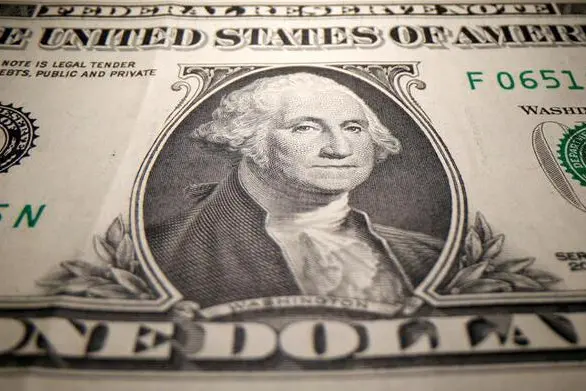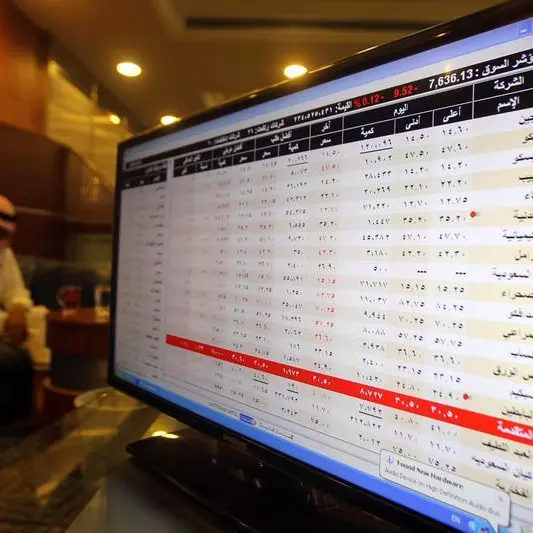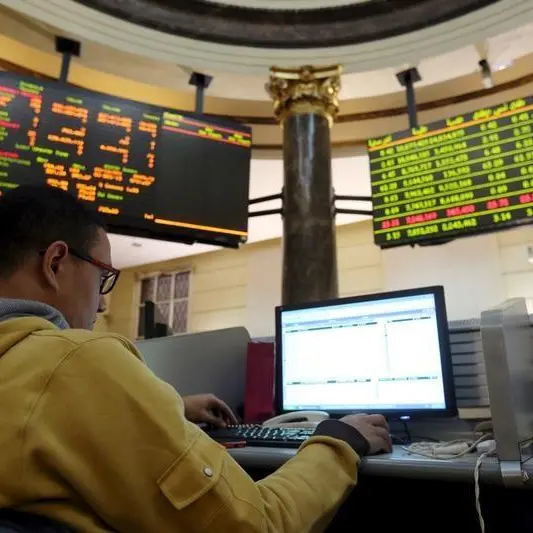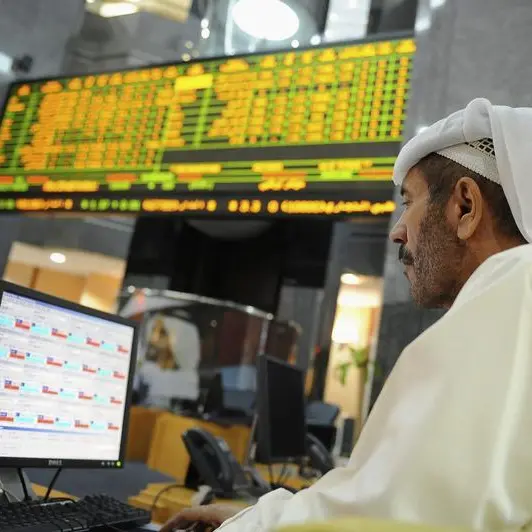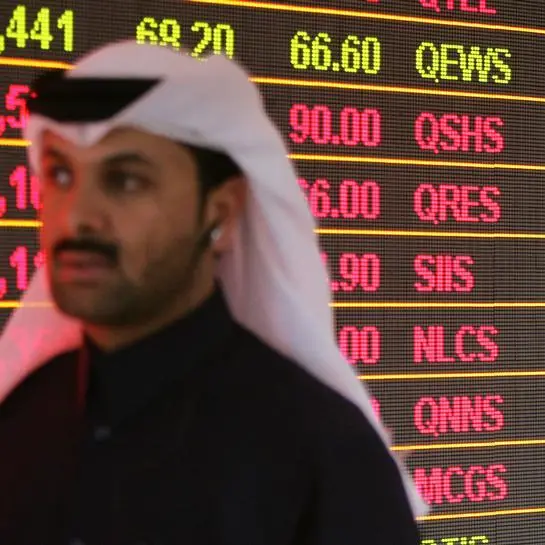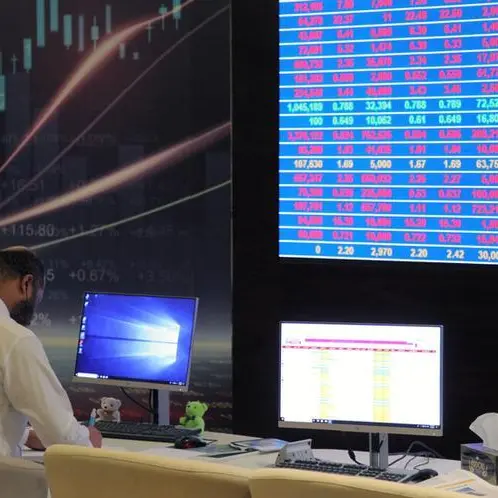PHOTO
SINGAPORE: The dollar was headed for its best week in seven months on Friday after breaking through key levels against the euro as traders priced in a year of aggressive U.S. interest rate hikes.
Federal Reserve chair Jerome Powell unleashed bets on five or more hikes this year after he left the door open on Wednesday to raising rates faster than in previous cycles.
Data showing the best annual U.S. growth in nearly four decades didn't hurt either.
Overnight the euro fell almost 0.9% to a 20-month low of $1.1131, the yen fell 0.6% and the Australian and New Zealand dollars dropped more than 1%.
For the week so far, the dollar has gained 1.7% on the euro, 2% or more on the Antipodeans and the U.S. dollar index has shot above 97 for the first time since July 2020. It last stood at 97.250.
"So much for all those analysts rushing to conclude that the dollar rally was done, following the early-year divergence between (rising) U.S. interest rates and the (falling) dollar," said National Australia Bank's head of FX strategy, Ray Attrill.
The greenback also leapt against the yuan on Thursday - its best session in seven months - as softening industrial profit growth in China bolstered the case for monetary easing there.
Fed funds futures have moved to price in as many as five U.S. hikes this year with some analysts forecasting six.
Moves were modest in early Asia trade, leaving the yen at 115.40 per dollar and the Aussie clinging on at $0.7029. The Aussie's next support is December's low of $0.6994.
The New Zealand dollar was kept under pressure and edged to a fresh 15-month low of $0.6570.
Sterling was pushed to a one-month low of $1.3360 overnight and hovered at $1.3385 as traders turn their focus to a Bank of England meeting next week. Rates markets have priced a 90% chance of a hike.
The European Central Bank and the Reserve Bank of Australia also meet next week and some analysts see the dollar's surge starting to lose steam as economies and central banks around the world emerge from the pandemic during the year.
"The dollar is on cycle highs and has further to go as rate differentials and increased levels of market volatility provide support. But this is the last stage of the move," said Societe Generale strategist Kit Juckes.
"As the global economy emerges from the worst of the COVID pandemic this year, the market focus will shift to monetary policy normalisation and growth outside the U.S. and the best currency returns in the second half of this year are likely to come from outside the major developed economies."
(Reporting by Tom Westbrook. Editing by Lincoln Feast.)
© Reuters News 2022